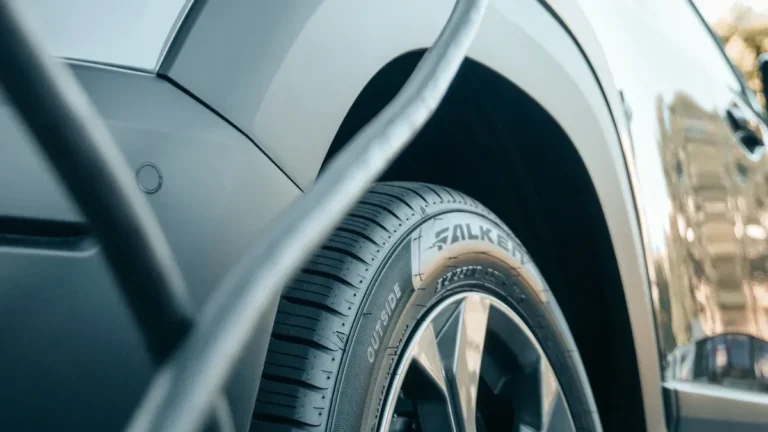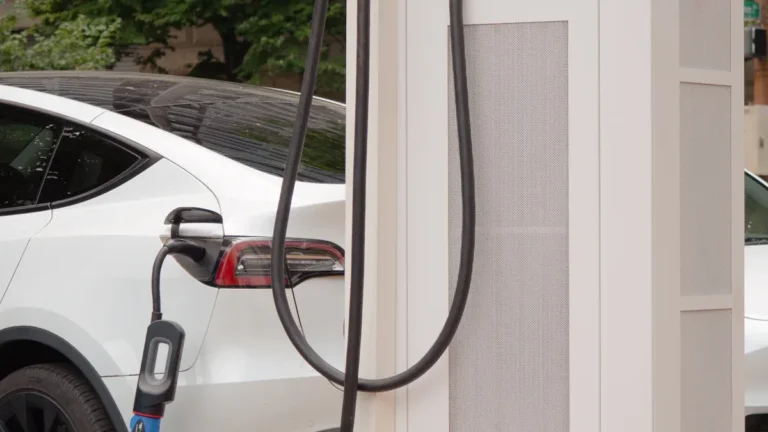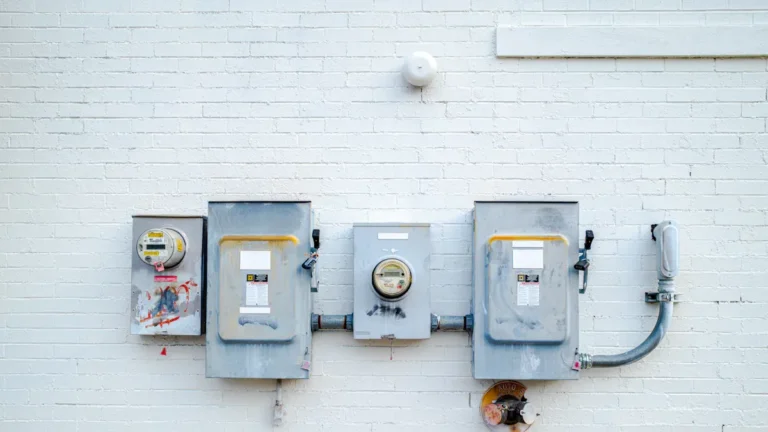With the increasing adoption of electric vehicles (EVs), having a reliable and efficient home charging solution is more important than ever. Among the myriad of options available, wallbox’s 11 kW and 22 kW chargers stand out for their quality, performance, and ease of use. However, the decision between these two models isn’t always straightforward. So, how do you know which one is right for you? This guide will walk you through everything you need to consider—from technical specifications to installation costs—to help you make an informed choice.
What Do kW Ratings Mean?
Before diving into the specifics, it’s essential to understand what kW ratings signify in the context of EV chargers. The kilowatt (kW) rating of a charger reflects its power output, or in simpler terms, how quickly it can charge your electric vehicle. The higher the kW, the faster the charging process. But faster isn’t always better; it depends on various factors such as your EV’s battery capacity, your daily driving habits, and even your home’s electrical infrastructure.
Charging Power Affects Charging Time
The relationship between kW and charging time is relatively straightforward: doubling the power output typically halves the charging time. For instance, if your EV has a 60 kWh battery, an 11 kW charger would take roughly 5.5 hours to charge from empty to full, while a 22 kW charger could do the same job in just about 3 hours. However, it’s crucial to note that not all EVs can handle the higher 22 kW charging speed, which brings us to the next important consideration—compatibility.
How long it takes to full-charge your car also depends on other factors. Read here.
Does Your EV Support 22 kW Charging?
Not all electric vehicles can take advantage of a 22 kW charger. While most modern EVs support 11 kW charging, fewer models are equipped to handle 22 kW. This is often dictated by the onboard charger in the vehicle, which is responsible for converting the alternating current (AC) from the charger into direct current (DC) to charge the battery. If your car’s onboard charger is limited to 11 kW, opting for a 22 kW wallbox won’t speed up your charging time—it’ll still be capped at 11 kW.
Check Your EV’s Onboard Charger Specifications
To determine whether your vehicle can benefit from a 22 kW charger, check your EV’s specifications. This information is usually found in the owner’s manual or on the manufacturer’s website. Some high-end models like the Tesla Model S or Porsche Taycan can handle the full 22 kW, but many popular EVs, such as the Nissan Leaf or Hyundai Kona, are capped at 11 kW.
What Does It Take to Install a 22 kW Charger?
The installation process for an EV charger is more complex than simply plugging it into a wall socket. For a 22 kW charger, this complexity increases due to the higher power requirements. Installing a 22 kW charger typically requires a three-phase electrical system, which is standard in many European countries but less common in North American homes, where single-phase systems are more prevalent.
Single-Phase vs. Three-Phase Power
In simple terms, single-phase power is like a one-lane road, while three-phase power is like a three-lane highway. A single-phase system can handle the load of an 11 kW charger comfortably but may struggle with a 22 kW charger. If your home is only equipped with a single-phase system, upgrading to a three-phase system can be expensive and may involve significant rewiring.
Read this blog to learn more.
Electrical Panel Capacity
Another factor to consider is the capacity of your electrical panel. A 22 kW charger draws more current than an 11 kW one, which could require upgrading your panel to handle the increased load. This upgrade could add to the overall installation costs, making the 22 kW option less attractive unless you plan to charge multiple EVs or need the fastest possible charging time.
Upfront and Long-Term Considerations
Cost is often a decisive factor when choosing between an 11 kW and a 22 kW wallbox. The initial purchase price of a 22 kW charger is generally higher, and as discussed earlier, the installation costs can also escalate if you need to upgrade your electrical system. However, it’s also worth considering the long-term benefits and savings, particularly if you drive extensively or plan to own multiple EVs.
Upfront Costs
As of 2024, the price of a wallbox 11 kW charger typically ranges between $700 and $1,000, depending on the model and features. On the other hand, a 22 kW charger can set you back between $1,200 and $1,500. Installation costs for both can vary widely based on your existing electrical setup but expect to pay more for a 22 kW charger, especially if upgrades are required.
Long-Term Savings
While the initial costs are higher, a 22 kW charger could offer savings in the long run, particularly if your time is valuable, or you frequently need to charge your vehicle quickly. Faster charging can also be beneficial if you have time-of-use electricity pricing, where you might want to charge your EV as quickly as possible during off-peak hours to save on energy costs.
When Does Each Charger Make Sense?
The decision between an 11 kW and a 22 kW wallbox charger isn’t just about numbers; it’s also about how you use your electric vehicle. Understanding your charging habits and needs is crucial to making the right choice.
Daily Commuter
If you’re using your EV primarily for daily commuting, an 11 kW charger will likely suffice. Most daily commutes only use a fraction of an EV’s battery capacity, meaning you can easily recharge overnight using the 11 kW option. The lower installation costs and sufficient charging speed make this a practical choice for many drivers.
Long-Distance Traveler
If you’re frequently on the road for long distances or drive a lot on weekends, the 22 kW charger might be more appealing. The ability to recharge quickly means you can get back on the road faster, making it easier to manage long trips without extended downtime. Additionally, if you own or plan to own more than one electric vehicle, the faster charging speed of a 22 kW unit could be a significant advantage.
Fleet Owners or Multi-Car Households
For households with multiple EVs or small business fleets, the 22 kW charger is almost a no-brainer. The faster charging times mean you can cycle more vehicles through the charger in a shorter period, reducing the need for multiple chargers and potentially lowering your overall costs in the long run.
Is the 22 kW Charger Worth the Investment?
As the EV market continues to grow and evolve, so too does the technology behind it. While today you might only need an 11 kW charger, future EV models could come with larger batteries or faster charging capabilities that make a 22 kW charger more appealing.
Anticipating Technological Advances
The trend in the EV industry is toward faster charging and longer range. As battery technology improves, we may see more vehicles capable of utilizing 22 kW or even higher charging rates. By investing in a 22 kW charger now, you could be future-proofing your home charging setup, ensuring it remains relevant and efficient as new EV models come to market.
Resale Value and Home Appeal
Another consideration is the potential impact on your home’s resale value. As more people adopt EVs, having a high-powered charger like the 22 kW wallbox could become an attractive feature for future buyers. Homes equipped with advanced EV charging solutions might stand out in the market, potentially fetching a higher price.
Does Charging Speed Affect Your Carbon Footprint?
While the primary focus is often on convenience and cost, it’s also worth considering the environmental impact of your charging choice. Surprisingly, the speed at which you charge your vehicle can influence your carbon footprint, depending on your local energy mix.
Grid Demand and Peak Hours
Charging your EV quickly during peak hours, when the grid is under high demand, might result in higher carbon emissions if your local power grid relies heavily on fossil fuels during these times. On the other hand, using an 11 kW charger during off-peak hours when the grid is more likely to be powered by renewable energy can reduce your overall environmental impact.
Smart Charging Solutions
Both the 11 kW and 22 kW wallbox chargers offer smart charging features, allowing you to schedule charging times, monitor energy usage, and even integrate with home solar panels. By utilizing these smart features, you can optimize your charging to be as eco-friendly as possible, regardless of the charger’s power rating.
Making the Right Choice for Your EV Charging Needs
Choosing between a wallbox 11 kW and 22 kW charger ultimately comes down to your specific needs, driving habits, and future plans. If you primarily use your EV for short commutes and have no immediate plans to upgrade your vehicle, the 11 kW charger is likely the most cost-effective and practical choice. On the other hand, if you’re a heavy EV user, own multiple electric vehicles, or want to future-proof your charging setup, investing in a 22 kW charger could be well worth the higher upfront costs.
Remember, it’s not just about charging speed—compatibility, installation requirements, costs, and environmental impact all play crucial roles in making the best decision. By carefully considering these factors, you’ll be well-equipped to choose the wallbox charger that perfectly matches your needs.


